Biodiversity Net Gain Rutland: Expert BNG Reports & Assessments
Since the introduction of the Environment Act 2021, all new developments in Rutland must demonstrate measurable improvements to biodiversity. From February 2024, most planning applications in the county must show at least a ten per cent uplift in biodiversity, calculated using the government’s statutory Biodiversity Metric.
The new mandatory system means that whether the proposal is a housing development in Oakham, a rural conversion in Uppingham, or a small-scale project elsewhere in the county, a full assessment of the site’s baseline ecological value and its projected biodiversity post-development will be required by local authorities.
Where this uplift cannot be achieved entirely on the site, developers will need to secure biodiversity units off-site within Rutland or, if no alternatives exist, purchase statutory biodiversity credits as a last resort option.
Local authorities support biodiversity net gain bng for many reasons; it helps flood prevention, combats climate change, improves water quality, provides cleaner air and aids carbon removal. An improved natural environment also offers numerous well being benefits to local communities and future generations.
BNG is supported by the National Planning Policy Framework, the Town and Country Planning Act and Natural England guidelines.
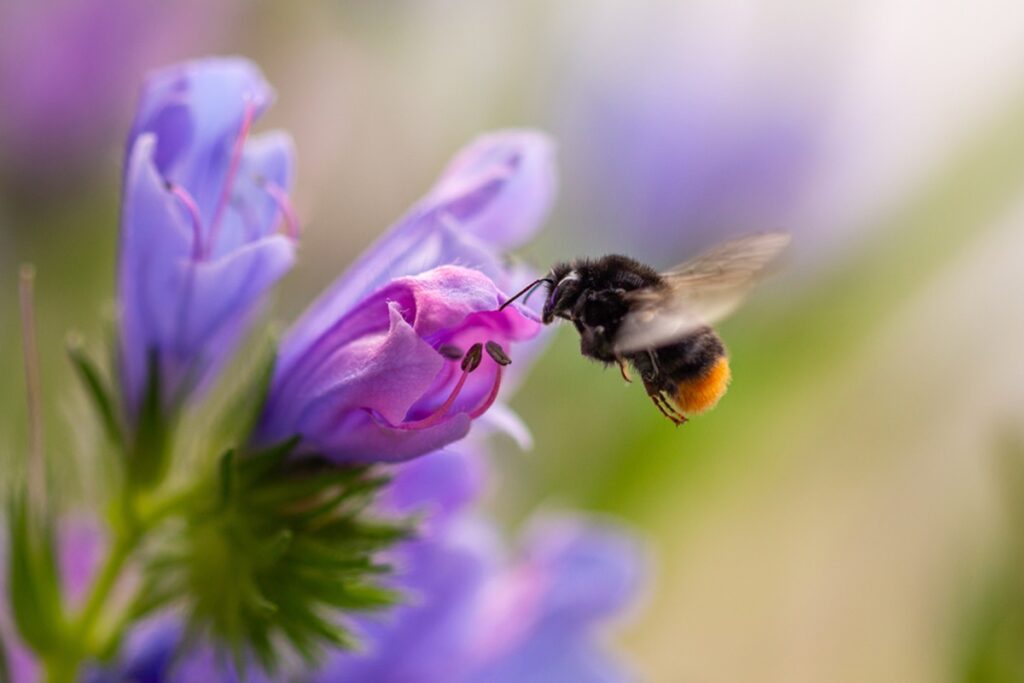
Ecological Priorities in Rutland
Rutland in the east midlands may be England’s smallest county, but it contains areas of outstanding ecological importance. The most notable site is Rutland Water, a Special Protection Area and internationally recognised wetland that supports significant populations of migratory and breeding birds.
The surrounding countryside also includes priority habitat such as ancient woodlands, species-rich meadows, and valuable hedgerow networks that provide habitat connectivity across the landscape. Protected species such as bats, great crested newts, badgers, and barn owls are regularly recorded in the county, and the presence of these species often shapes the scope of biodiversity net gain in Rutland.
The county borders Leicestershire County Council area and Leicestershire and Rutland share a joined up approach to policies that drive nature’s recovery.
Enhancing Nature
Local plan priorities focus on the protection and enhancement of the most valuable existing areas, wetland habitats, the conservation of limestone grasslands, and the maintenance of woodland corridors. Any bng plan in Rutland must therefore demonstrate how it aligns with these ecological priorities and the objectives of the county’s Local Nature Recovery Strategy.
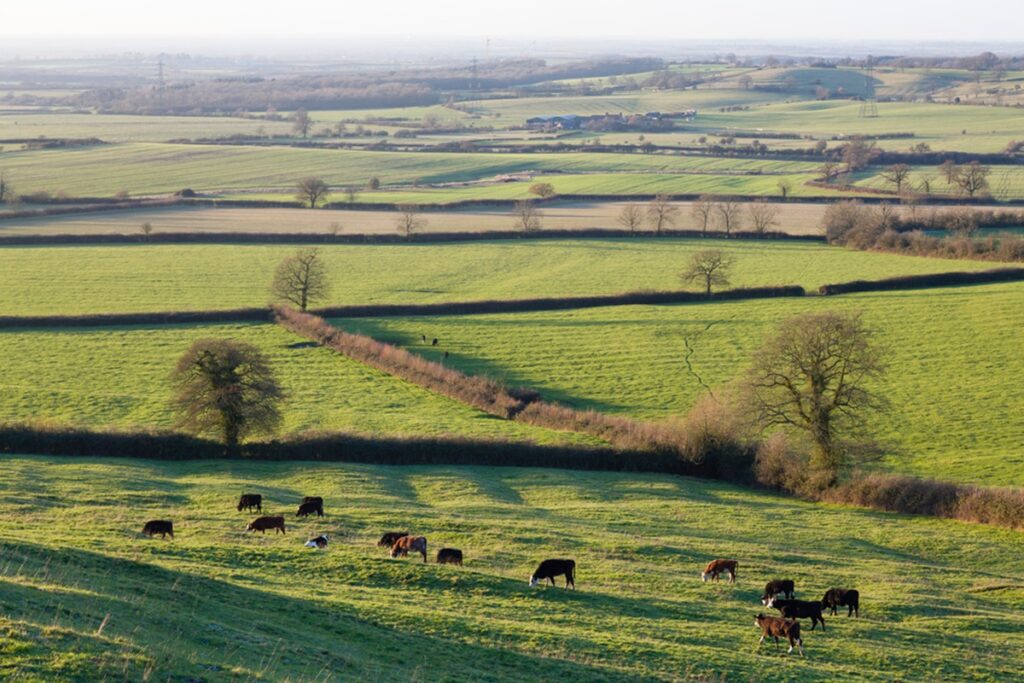
Preparing a Biodiversity Net Gain Report in Rutland
The preparation of a biodiversity net gain report in Rutland begins with a detailed ecological survey to establish the proposed development site’s baseline biodiversity value. Using the Biodiversity Metric, ecologists identify and assess the condition of existing habitats, mapping them carefully to provide a clear foundation for the assessment.
Development plans are then evaluated against these findings to determine the projected ecological value after construction. Where shortfalls are identified, new habitat may need to be created or enhancement measures are recommended to ensure the ten per cent target is achieved.
Alongside this process of enhancing nature, additional protected species surveys are often required. In Rutland, great crested newts are a frequent consideration due to the number of ponds across the county, while bats may be found in older buildings, woodlands and hedgerow systems.
These surveys are usually carried out in parallel with the biodiversity net gain assessment to ensure developments comply with both statutory biodiversity net gain legislation and wildlife protection laws.
Delivering Biodiversity Net Gain Across Rutland
The preferred option for meeting bng requirements is to deliver enhancements on the proposed development site. In Rutland, a bng plan might include strategies to increase nature conservation value such as creating wildflower grasslands, restoring wetland margins, or planting new hedgerows to strengthen ecological connectivity.
Where on-site opportunities are limited, developers may need to secure off-site biodiversity units within the county to ensure that ecological benefits remain local and relevant. Only where neither option is possible should statutory biodiversity credits be considered.
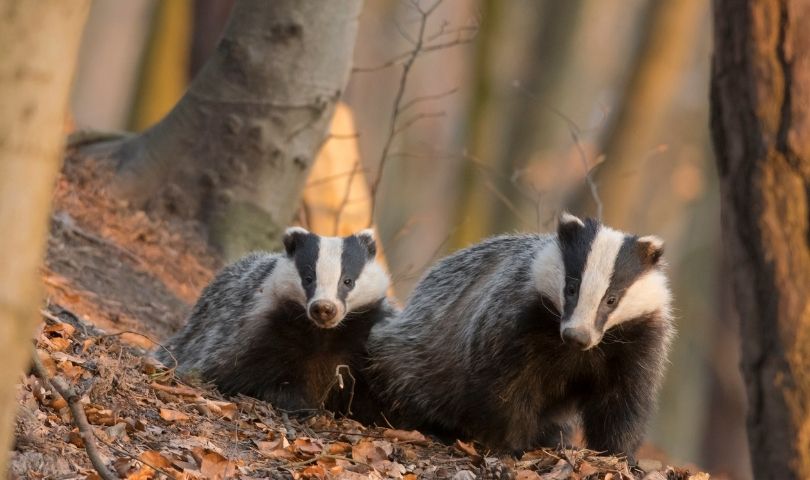
Protected Species and Planning Considerations
Because of Rutland’s diverse habitats and local wildlife sites, protected species often play a central role in the planning process. Bats, newts, and breeding birds in particular may require targeted surveys and mitigation. By commissioning these studies early, developers can avoid delays and ensure that biodiversity net gain measures are designed to complement wider ecological requirements.
Aligning biodiversity net gain in Rutland with the mitigation hierarchy – avoiding, minimising, restoring and finally compensating for ecological impacts – helps projects meet planning requirements while safeguarding local wildlife.
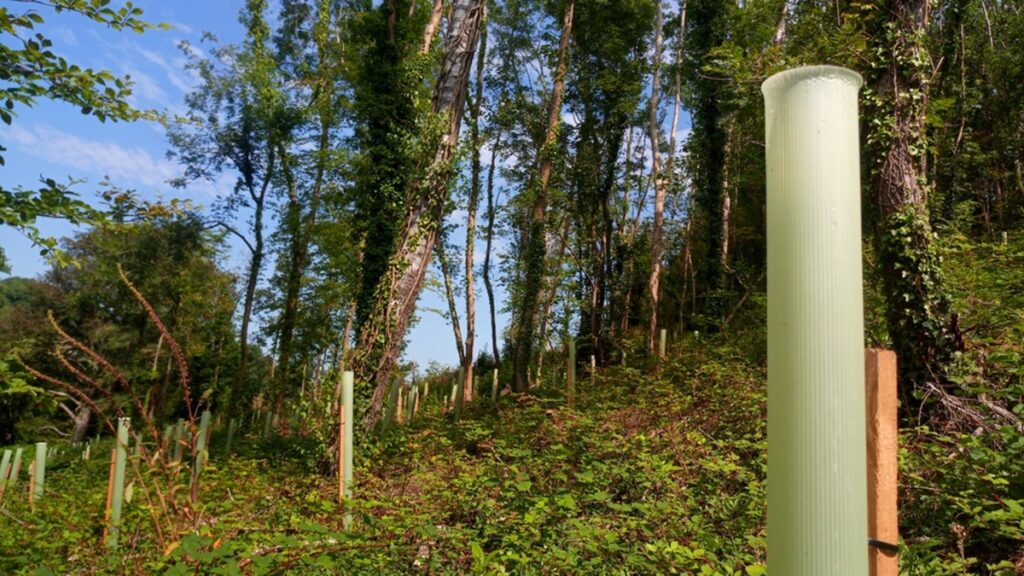
What a BNG Plan in Rutland Includes
A bng plan in Rutland provides a clear and measurable strategy for ensuring ecological improvements. It typically includes a baseline habitat survey, Biodiversity Metric calculations, map proposals for new habitat to be created or enhancements to existing habitat, and a long-term management plan that guarantees biodiversity benefits for a minimum of 30 years.
Local Nature Recovery Strategies
Local planning authorities will also expect such plans to demonstrate how projects support Rutland’s key ecological priorities, particularly the protection of wetland habitats, limestone grassland restoration and the maintenance of woodland and hedgerow networks.
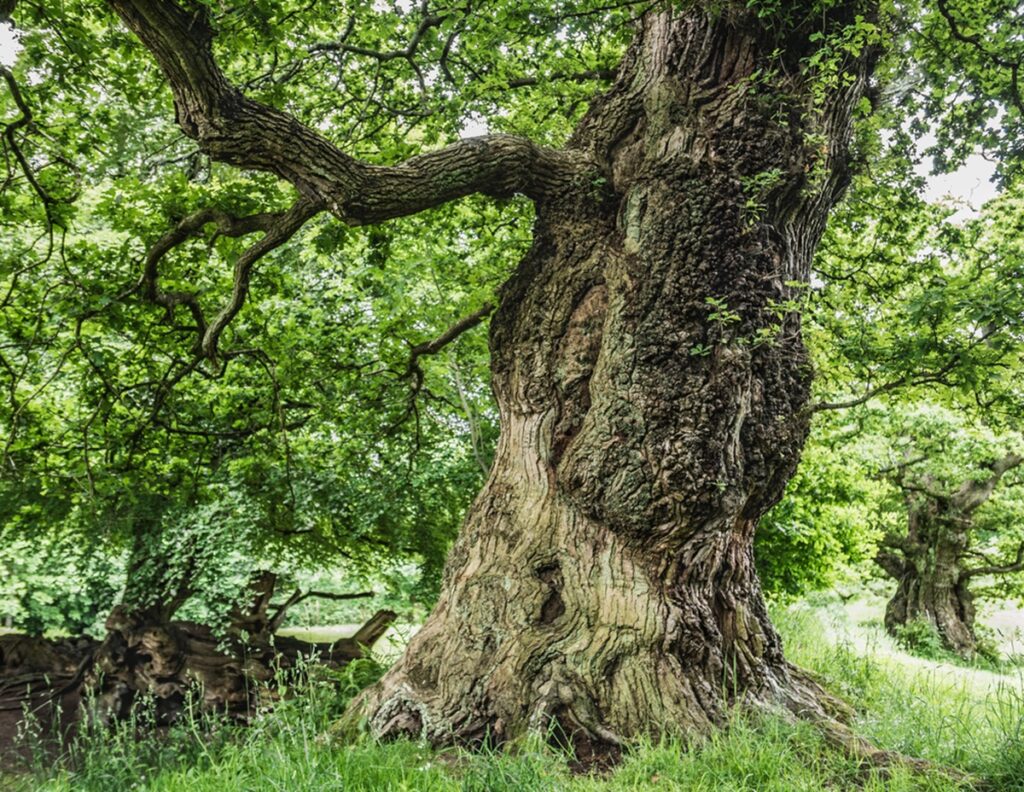
Expert Support for BNG
Our experienced ecologists prepare detailed bng reports in Rutland for a wide variety of projects, ranging from major housing developments to smaller rural conversions.
We provide ecological surveys, Biodiversity Metric calculations, habitat creation strategies and long-term management plans tailored to the requirements of Rutland’s planning authorities and local nature recovery strategies. Where on-site delivery is not feasible, we can also arrange off-site biodiversity units and conservation covenants.
We will support your scheme from the early stages through to submission of an application for planning permission.
Request a Free Quote for a BNG Report in Rutland
If you require a bng assessment in Rutland, our team can prepare a fully compliant report to support your planning application. From the initial survey through to final submission, we ensure your development proposals meet the statutory 10% net gain in biodiversity requirement while contributing to the protection and enhancement of Rutland’s valued habitats.
For further information and to request a free, no-obligation quote, simply contact us and provide your site details and development objectives. By integrating a biodiversity gain plan into your project from the outset, you will ensure compliance, safeguard local wildlife and deliver long-lasting ecological benefits while giving your plans their best chance of securing planning permission.